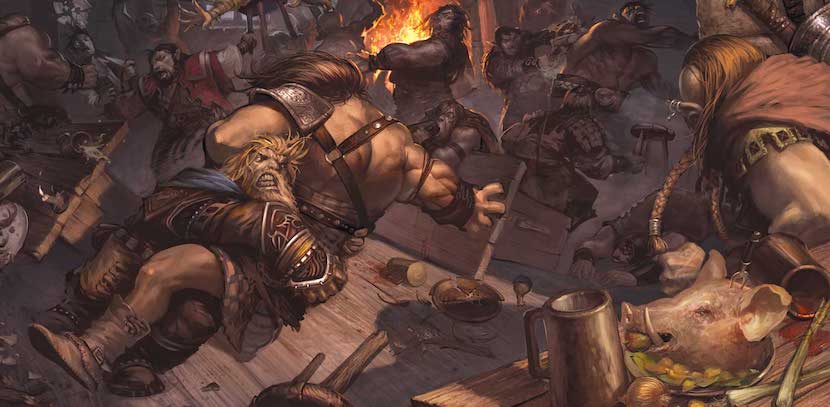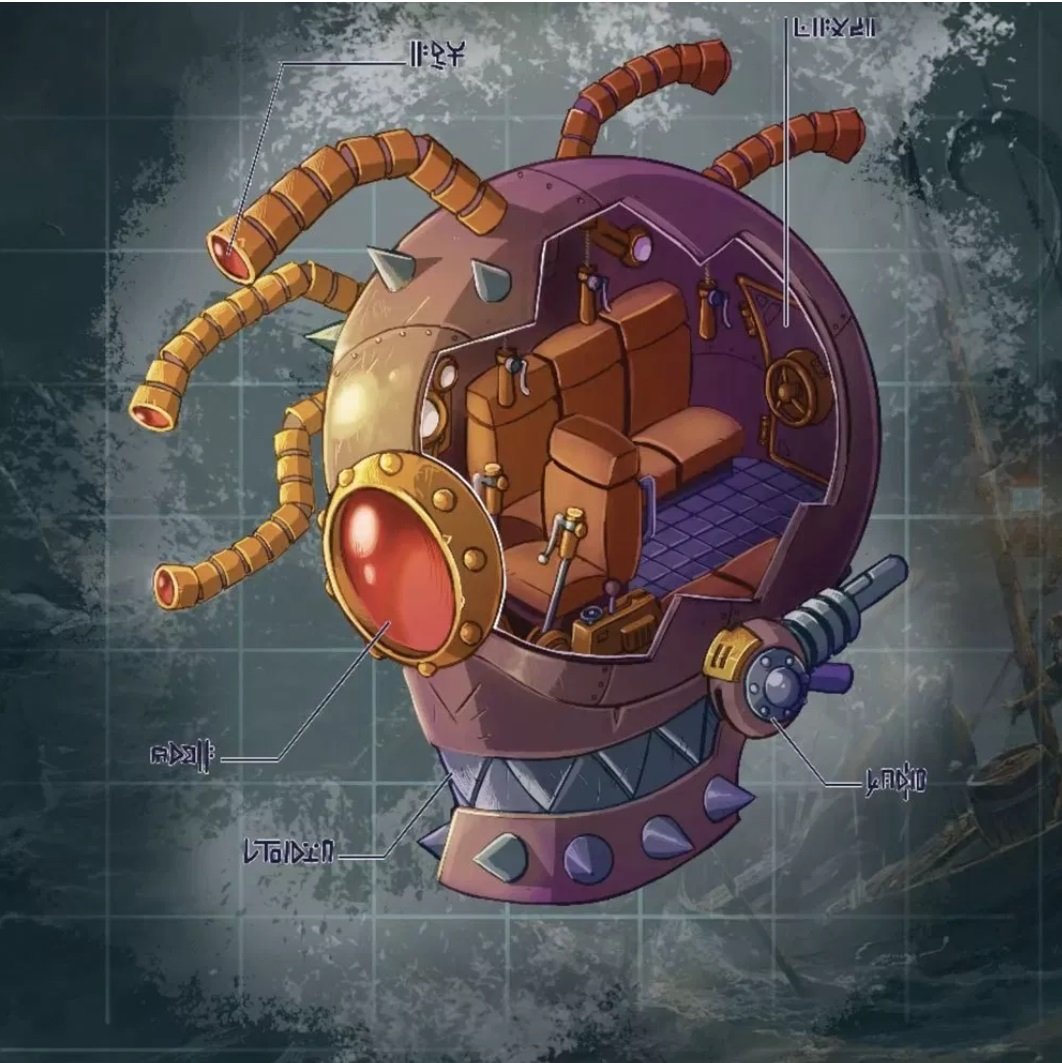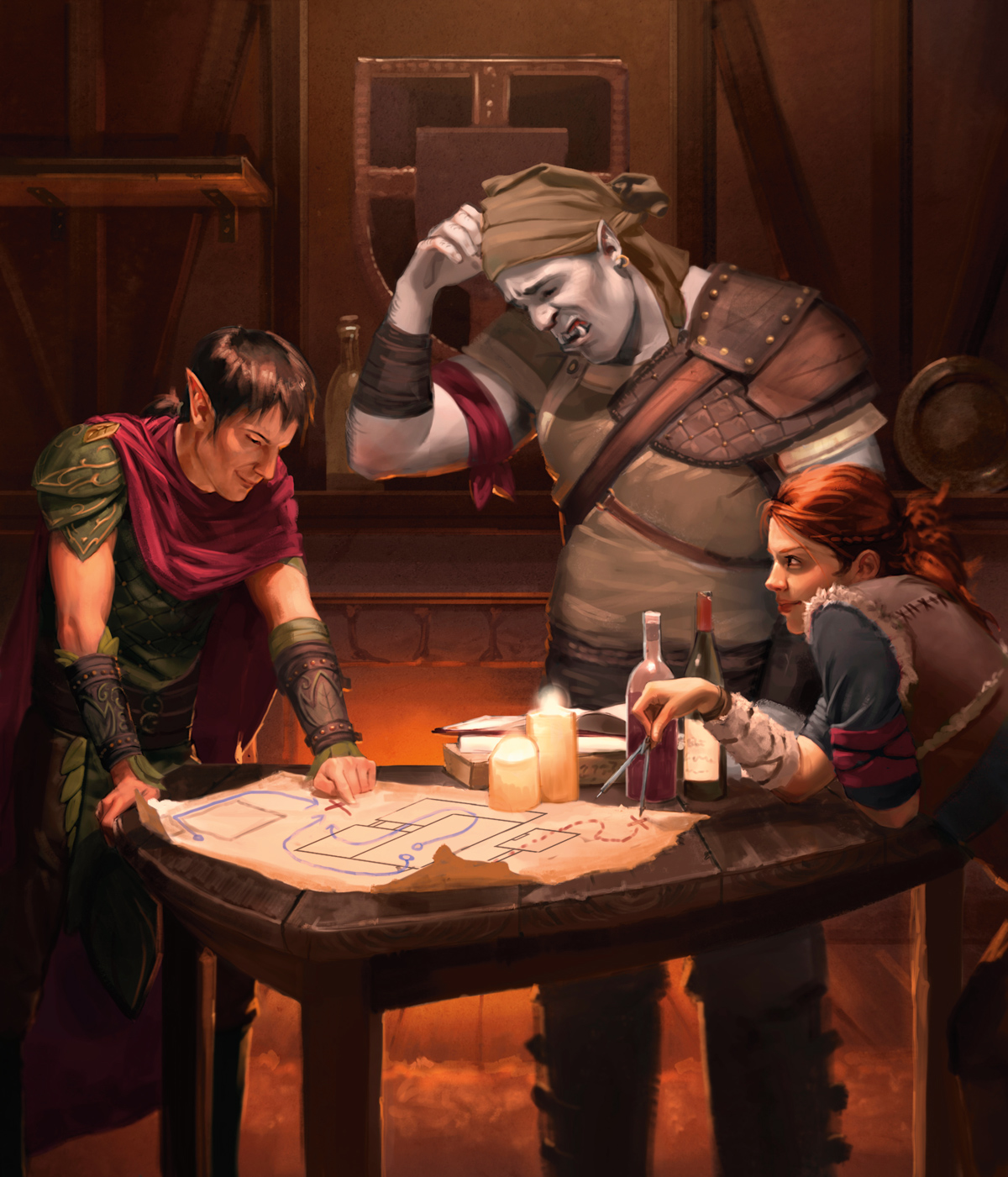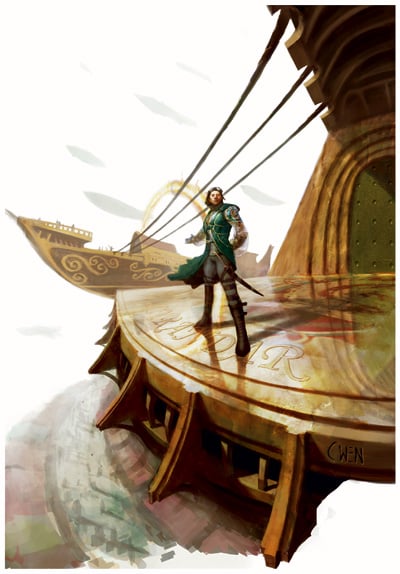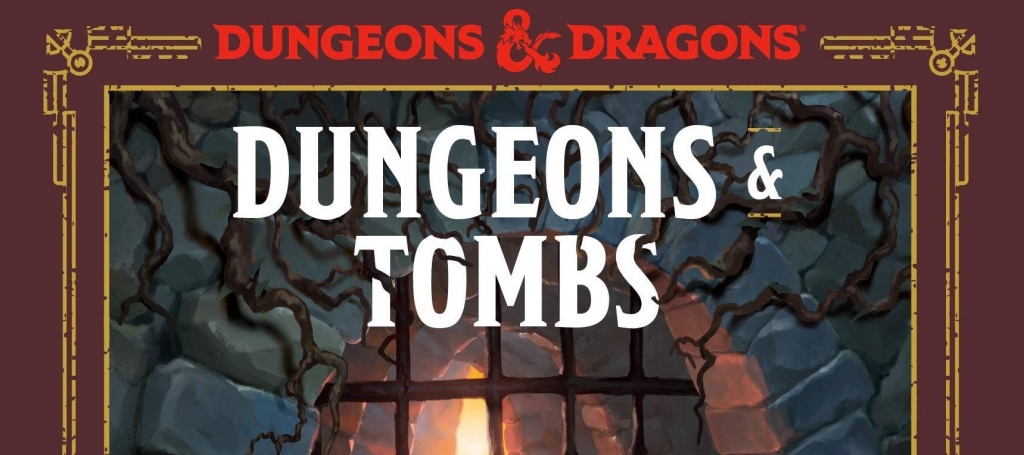D&D: Dungeon Mastering With Joe Manganiello
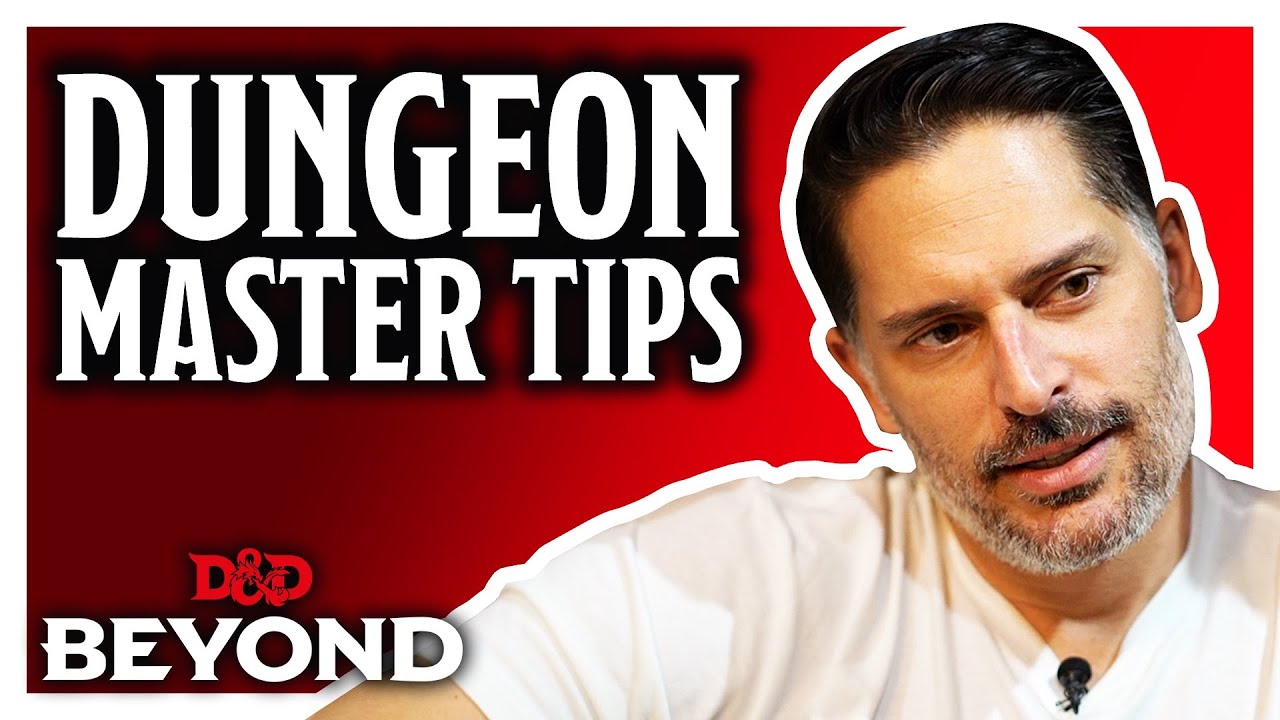
Joe Manganiello might be famous for stealing the Hand of Vecna, and I guess being a movie star, but he also has some great advice for DMs.
It isn’t every day that you have a genuine True Blood Werewolf out there offering you advice, but that’s exactly where we’ve come today when Joe Manganiello invited D&D Beyond into his secret D&D Basement, which a way cooler place in real life than the phrase “secret D&D basement” I promise you, to talk about how he handles things as a DM. Let’s have a look, courtesy of D&D Beyond.
There are a few key takeaways here, let’s run through them.
Don’t Hold Back – Go Big
I’m a fan of this one myself. There’s no reason to hold back in a D&D game–obviously this doesn’t mean come out fighting the Tarrasque or anything, but considering that something like 90% of games don’t make it past 10th level, you’re not really served by waiting until folks get to the higher levels to pull out the big threats. It’s a lesson that even WotC teaches in their adventures, with both the Dragon at Icespire Peak and The Lost Mine of Phandelver featuring an encounter with a dragon–and the same goes for the Tyranny of Dragons, which starts off with a full fledged adult dragon encounter.
There’s something to be said for managing the proper pacing, but don’t wait to pull out the big guns. Make each story matter, whether it’s an intensely personal story about rescuing a lost princess or an epic saga worthy of story and song.
Recaps – They’re Not Just For The Beginning Of The Session
One thing I really took away from the video was the art of recapping the last few moves of a fight to help reestablish the scene. Combat can be a disjointed experience in D&D, with a lot of abstract things happening in the span of 6-18ish seconds. So cataloguing what’s happened over the course of a round and summing it up for everyone gives you a chance to string together turns fluidly.
“As the orc reels from the fighter’s axe, the goblin archers pop out from the shadows and fire, missing the fighter, but pinning the wizard behind cover. As the wizard cowers behind a pillar, down to her last hit point, your rogue managed to come up behind the orc and get a sneak attack in,” helps contextualize the course of a round, and even suggest to players new things they should be aware of.
Look For Things The Players Engage With
In addition to paying attention to what they’re doing in a fight so you can summarize the flow of combat for the party, it’s also worth writing down or otherwise noting what your players are latching onto in your game. Is there a favorite NPC, or one they don’t like but always seem to banter with? Note it down and look for a way to bring them back later. You don’t even need a specific plan in mind, just look for where they’ll fit and then, boom, you’re suddenly a storytelling genius.
Have A Plan To Break From
Prepwork for DMs can be an important tool. And as Manganiello points out, sometimes the prep you do is just there so that players will find one random thing to run with that takes them into a whole world of great ideas that you as the DM never could have planned for, and that is where the real magic of D&D comes alive. Don’t be afraid to let go of the plan you’ve got to follow the players, but then look for ways to reapply what you’ve prepped for later. If you’ve built an encounter, you’ve already got some good work done–you can use that connective tissue later and it will still feel natural.
Also, lists of fake names, places, and typical features is a great way to keep pressure off of you when the party does inevitably go off the rails.
Know When To Break The Rules
Manganiello talks about a character who has been resurrected twice in a campaign, and is now a ghost animating a suit of armor. And while that is incredibly cool, there’s nothing in any of the books that says “this is what happens.” But you don’t need to follow the books always. The rules are there so that you know how the game is meant to work–and so that you have something to break from.
Obviously this doesn’t mean break from everything all the time, because then you’re playing something else entirely. But a lot of fun stuff can happen when you decide to make the game your own; just take a look at some of the greatest moments from Critical Role or the Adventure Zone, where they bent the rules to make for a better story. But even then, they still use the rules as a guideline to keep things feeling believable and causal.
It’s a fine line to walk, but every good DM does at some point.
What are your favorite rules to DM by? Let us know in the comments, and, as always, happy adventuring!


